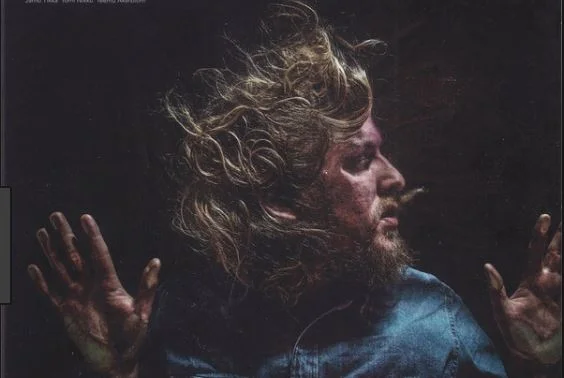Scandinavian jazz is its own thing. Affective, free-spirited, and daringly improvisational. Finnish jazz, a vibrant constituent of the Nordic scene, pushes this individualism to an uncommon degree. Producer Matti Nives champions the effort through We Jazz, a music collective whose wingspan covers a magazine, an annual jazz fest, and a record label. This fall three new releases on the Helsinki-based We Jazz Records affirm the ascendancy of the Finnish small group approach to new jazz.
Helsinki-based drummer Joonas Leppänen leads the quartet Alder Ego on II (WJLP10/WJCD10, 38:07), the second recording for this recently formed ensemble of prominent Finnish players. The group aesthetic accentuates tightly synchronized horns on disjointed melodies against cool, conversational percussive lines—the band is ever in motion, always presaging the next thing. With this aesthetic in mind, the seven originals on the disk proceed almost like chapters in a book: On “Leviathan,” the opening track, we first hear the discord between Tomi Nikku’s trumpet and Jarno Tikka’s sax. Later, on the angular, aptly titled “Cubism,” each player takes a turn in asserting his singular voice through masterly solos, and later still, on “Flight,” these individual statements begin to coalesce into a soaring narrative. By the final cut, “Solitude,” the soloists have settled into a unison voice, held in place by bassist Teemu Åkerblum’s determined punch on the quarter note. To absorb the relatedness in these tracks, though, it’s best to listen to the entire record in one sitting. Leppännen, who spent some time developing his craft in Sweden, Germany, and the U.S., raises the bar with these absorbing, expressionistic compositions. Guest artist Ilkka Uksila on vibes.
We Jazz Live Plates, Vol. 1, Berlin 27.10.17 (WJLP09/WJCD09, 46:27) is the first of We Jazz’s live albums, recorded, as the title suggests, in Berlin last autumn. The album captures two tunes each from the three Finnish trios that headlined at the Scope Festival, a German-Finnish event held at Monarch, in the heart of Berlin’s counterculture club district. Despite the hipster locale and the raw vibe of the live recording—at times on different tracks a siren wails in the background—most of album features unadulterated swing, albeit of the contemporary Lapp variety. Don’t underestimate the excitement here—these aren’t your standard swing tunes. The Bowman Trio sets into an infectious bounce on “The Hillary Step,” for instance, and offers up plenty of ardent, straight-ahead soloing all around, but the melody is strictly modern. Then the more lyric Jaska Lukkarinen Trio interjects smart, upbeat references to Charlie Parker’s burner “Donna Lee” on “Pengerkadulla 2017,” but the mood is otherwise decidedly relaxed. Finally, Black Motor, the third trio—who enhances their free composition with borrowings from world music (no swing here)—reprises the title cut from their successful 2017 We Jazz release Branches. The tune opens with a plaintive call on the South Indian nagaswaram—a signal that what follows will reach beyond the band’s Nordic horizons.
Swedish-born, Berlin-based sax player Otis Sandsjö’s makes his recording debut on We Jazz with the ambitious Y-OTIS (WJLP08/WJCD08, 36:42). Of all the new We Jazz releases noted here, Sandsjö’s is the only one to use a chordal instrument—in this case, a keyboard and three synthesizers. Sandsjö’s use of keys here has less to do with harmonic expression than with his exploration of jazz as a flexible (and accommodating) art form, though. On these compositions he pairs electronica with free improvisation to create what he dubs “liquid jazz,” a boundary-less genre that lies somewhere between post-bop and the avant garde. Shifts between the two can seem impetuous: For example, his tune “pata pata” starts with a sax riff in easily understood jazz-speak that soon morphs into an otherworldly techno section—a surprise, but not an unpleasant one. Further down the track listing, on tunes like “BOO!,” with its repeated folk licks and growling bass groove, and “ACINOR,” with its fast, fluttering cooperation between the sax and the synth, Sandsjö integrates the electronic bits more neatly. A promising inaugural release.
(Reprinted from the December 2018 issue of Downbeat magazine.)
